How much AWG do I need for my circuit wires knowing that the current can vary 10 to 20A with 12V supply
And what is the cheapest and safest way to join 2 wires together ?
How much AWG do I need for my circuit wires knowing that the current can vary 10 to 20A with 12V supply
And what is the cheapest and safest way to join 2 wires together ?
Using an online calculator which is based off some MIL standard for current carrying capacity of copper wires, given some parameters, I came up with 12AWG as the suitable wire gauge. This is approximately 2mm diameter core if you use metric system. This, given a 25 degrees Celsius ambient temperature and a wire length of 1 meter (2.5 feet) as some parameters, resulted in 23 Amp current carrying capacity.
These values are for a 10 degree Celcius rise in temperature in the conductor, and are part of the fitted curve of empirical test data some people took a long time ago for this sort of information which later went into the MIL Standard current carrying wire gauge charts.
If you can afford more temperature rise, you can get away with smaller cores, also if your peak current is only 20A, and not continuous.
If your application is sensitive to voltage drop - for example if you have a 10V regulator you really don't have much spare voltage headroom, every 100mV dropped can be bad for your 10V output. Be careful about the estimated cable resistance (given by the nice online calculator) and use Ohms law with the current you want, to estimate the voltage drop. If it's not acceptable, try larger wires or stop having things so far away ;). Or of course use a much higher voltage and step down later on, this is what electrical transmission grids do.
As for joining wires, using a screw socket terminal strip is pretty good! Maybe some shrink wrap to keep contacts from touching. This solution is very cheap, and can be found from almost any automotive supplies store (people often do this stuff for auto wiring, like trailer light harnesses etc) or hobby electronics shop.
Cheapest and safest don't usually converge.
I prefer a nice gas-tight butt splice using AMP FASTON barrel splices and a good crimper:
